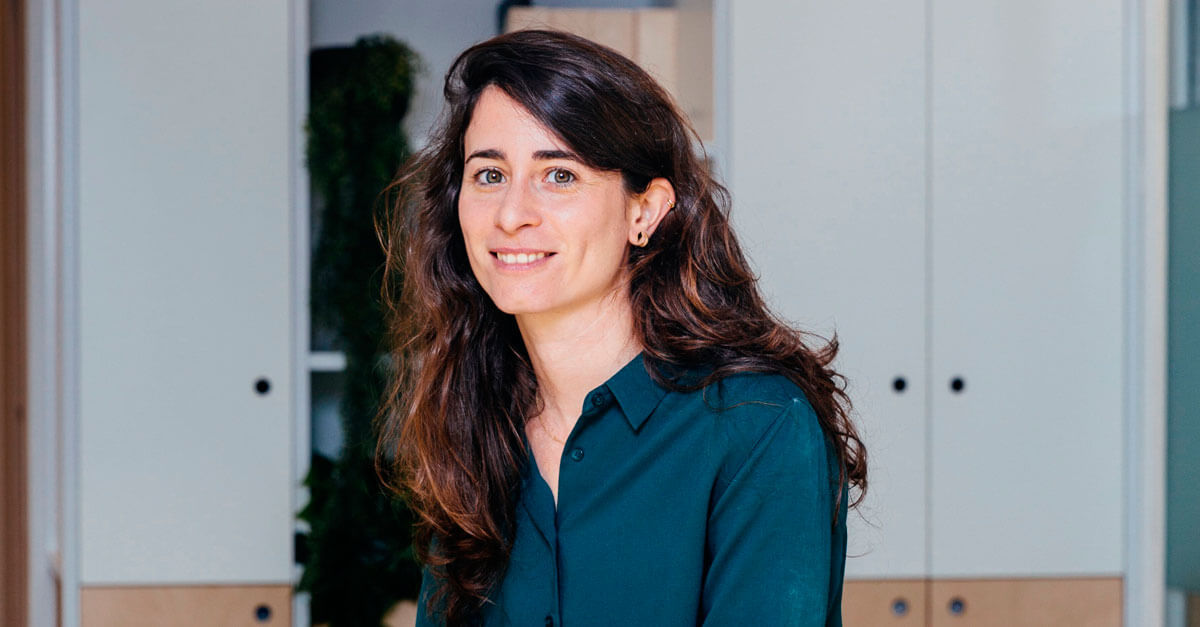Noga is the Head of UA and Growth at Playstudios, one of the largest social casino games developers in the world.
Over the past 5 years, Noga led growth for the Playstudio’s most successful mobile game “POP! Slots”, taking it into the top 10 charts of the worldwide casino category. Noga has 8 years of experience in Digital Marketing and Growth Hacking for several gaming companies, with a proven track record of yielding a significant ROI while managing large budgets. Noga joined Playstudios in 2015.
Learn more from her Mobile Hero profile.
Today, ML, AI, and deep learning models are the buzzwords on everyones’ mind. At Playstudios Israel, we are working with a very accurate and sophisticated user lifetime value (LTV) model. Like many mobile app marketers, we realized quite quickly that we needed to build a robust LTV model to power up our UA department with machine learning insights.
It’s been a year since we implemented the model to production with pLTV as the key KPI. The transition from short term return on ad spend (ROAS) goals, like Day 3/7/14 ROAS goals, to probability of lifetime value (pLTV) goals (120 days) has dramatically changed our approach and marketing strategy.
We measure and optimize our marketing campaigns by their pLTV and their recoup time which is constantly changing. Unlike ROAS which is incremental, pLTV can shrink. In this article, I will share 7 tips and key learnings to grow your user acquisition.
1. The Truth Will Set You Free, But First It Will Throw You Off
Once you implement and start working with an LTV model, one thing that could potentially happen is that you will see Day 3/7/14 ROAS KPIs are not a good proxy for some of the channels recoup. This is generally for the ones that tend to have a high CPI.
Your first reaction might be not to accept this. It’s counter-intuitive that a campaign with 7% D3 ROAS and 13% D7 ROAS has 60% pROAS within your business recoup goal. This campaign has a high payer rate and an amazing short term ROAS. You may think, the model must be wrong. However, in our case, it was not.
2. The Honeymoon Phase
Short term ROAS (Day 3/7/14) was the perfect KPI to optimize against for a couple of years, but it was only converting the honeymoon period of the user lifecycle.
Even if you acquire the best users that are highly engaged and convert to payers, this does not mean they will stay. By optimizing and focusing only on short term ROAS goals, you are leaving out this retention variable.
3. It is a Tinder world out there
Short term ROAS could be misleading in the current state of the ecosystem due to two main changes that you probably noticed within your domain.
- It is easier to target high-value players. The monopoles, Facebook’s Value Optimization (aka VO), and Google UAC Target ROAS (tROAS), made it much simpler by releasing sophisticated targeting capabilities that could just optimize through high ROAS.Â
- It is not a secret that there is a pretty significant drop off in retention by D7 (70%–90% of users leave the game in the first seven days).
You can model the flattening of the recoup curve based on day 7/14. It is as if you are running a multi-channel and cross country UA activity. Even if you do model the curve correctly, how do you know if users are leaving?
According to my “Tinder theory” your most precious and valuable users are showing lower retention than before. These are the users that you are willing to pay the highest CPI in order to get them.
It is not hard to guess why. Digital advertising today is much easier and more effective. Your direct and non-direct competitors bombed them with their top ads (did you check the IPM of your VO/tROAS campaigns?).
It is harder to recoup, if you are looking only at their past activity (ROAS) and not what they are doing now.
4. Question everything and add validation
Machine learning models rely on an exceptionally rich dataset. You have to make sure you “feed” them with valid data. Make sure your data architecture can support it and that you monitor the data flow process.
5. Train your model often
I cannot emphasize this more. You have to train your model with fresh data. Your buying strategy and campaign allocation are ever-changing and so is your app.
6. Let the data scientists run UA campaigns
You have to train your LTV model well, but your UA data scientist, better.
Pull your marketing data scientist from the python code and ask them to optimize a few UA campaigns on your main channels. These learnings could help them understand the emotional roller coaster of running a paid marketing campaign, and how often UA managers make decisions.
7. Not all ad networks are born equal
Some partners could optimize towards and work with your pLTV goals, but most of them would need easier KPIs to work with.
You should share knowledge and be as transparent as you can. Work with every partner to define which metrics could be tailored as the best proxy for the pLTV you aim to see from their campaigns (FTD, CPA , ROAS , etc.).
